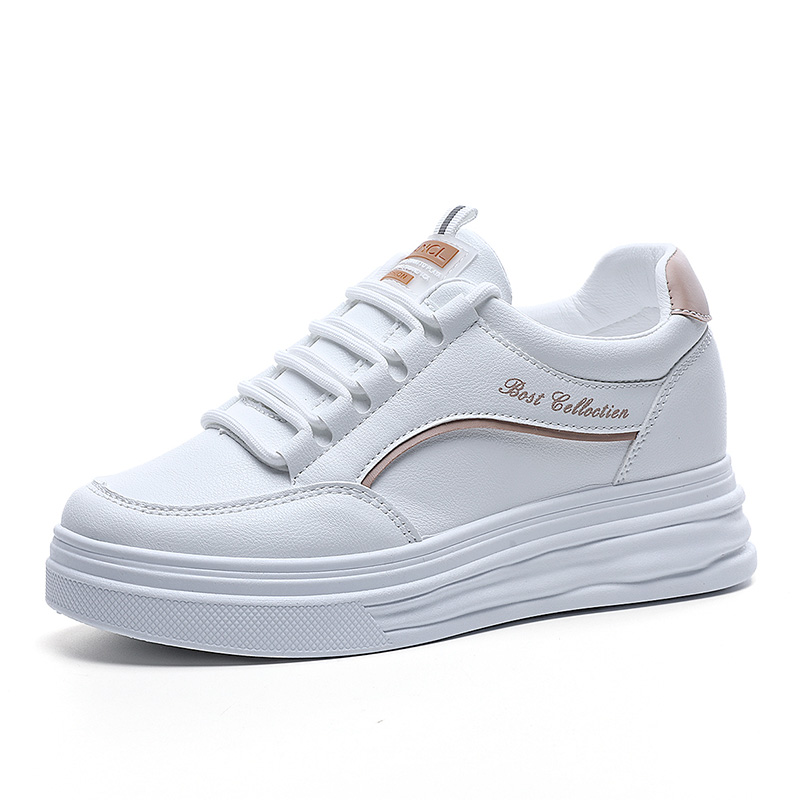When it comes to gym attire, the choice between Dri-Fit and cotton fabrics can significantly impact your workout experience. Both materials have their unique advantages and disadvantages, making it essential to understand their properties and how they affect performance, comfort, and overall gym experience. In this article, we will delve into the characteristics of Dri-Fit and cotton, comparing their moisture-wicking abilities, breathability, durability, and suitability for various types of workouts.
Understanding Dri-Fit Fabric
Dri-Fit is a proprietary fabric developed by Nike, designed specifically for athletic performance. It is a synthetic material, typically made from polyester, which is engineered to wick moisture away from the skin. This moisture-wicking property is crucial during intense workouts, as it helps to keep the body dry and comfortable. Here are some key features of Dri-Fit:
- Moisture Management: Dri-Fit fabrics are designed to pull sweat away from the body and disperse it across the surface of the fabric. This allows for quicker evaporation, keeping you dry and reducing the risk of chafing.
- Breathability: The lightweight nature of Dri-Fit allows for excellent airflow, which is essential during high-intensity workouts. This breathability helps regulate body temperature, preventing overheating.
- Durability: Synthetic fibers like polyester are generally more durable than cotton. Dri-Fit garments can withstand repeated washings and rigorous use without losing their shape or performance.
- Quick Drying: Dri-Fit materials dry significantly faster than cotton, making them ideal for those who may need to transition from workout to other activities without the discomfort of damp clothing.
The Case for Cotton
Cotton is a natural fiber that has been a staple in clothing for centuries. While it is often favored for its softness and comfort, its performance in a gym setting can be a mixed bag. Here are some characteristics of cotton:
- Comfort: Cotton is known for its softness and comfort against the skin. Many people prefer the feel of cotton, especially for low-intensity workouts or casual wear.
- Breathability: Cotton is breathable and allows for good air circulation. However, it does not wick moisture away from the skin as effectively as synthetic materials, which can lead to a damp feeling during intense workouts.
- Absorbency: Cotton absorbs moisture rather than wicking it away. While this can be beneficial in cooler environments, it can become a disadvantage during high-intensity workouts, as it retains sweat and can lead to discomfort.
- Environmental Impact: For those concerned about sustainability, cotton is a natural fiber that is biodegradable. However, conventional cotton farming can be resource-intensive, requiring significant amounts of water and pesticides.
Performance Comparison: Which is Better for the Gym?
When deciding between Dri-Fit and cotton for gym wear, it ultimately comes down to the type of workout and personal preference. Here’s a breakdown of scenarios where each fabric excels:
- High-Intensity Workouts: For activities such as running, HIIT, or cycling, Dri-Fit is the superior choice. Its moisture-wicking properties and quick-drying capabilities help maintain comfort and performance levels.
- Low-Intensity Activities: If you’re engaging in yoga, stretching, or leisurely walks, cotton may be more suitable. Its softness and comfort can enhance the experience without the need for moisture management.
- Weather Considerations: In hot and humid conditions, Dri-Fit is preferable due to its breathability and moisture-wicking abilities. Conversely, in cooler climates, cotton can provide warmth and comfort, especially when layered.
Conclusion: Making the Right Choice
In conclusion, both Dri-Fit and cotton have their merits, and the choice between the two largely depends on individual preferences and workout types. For those who prioritize performance, especially in high-intensity settings, Dri-Fit is the clear winner. However, if comfort and a natural feel are more important, cotton may be the better option for low-intensity activities.

